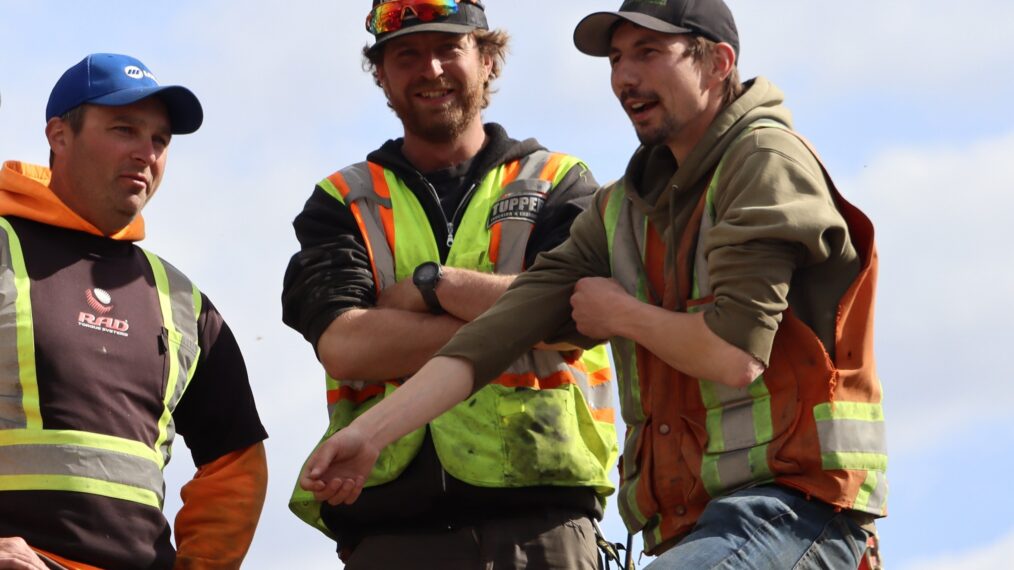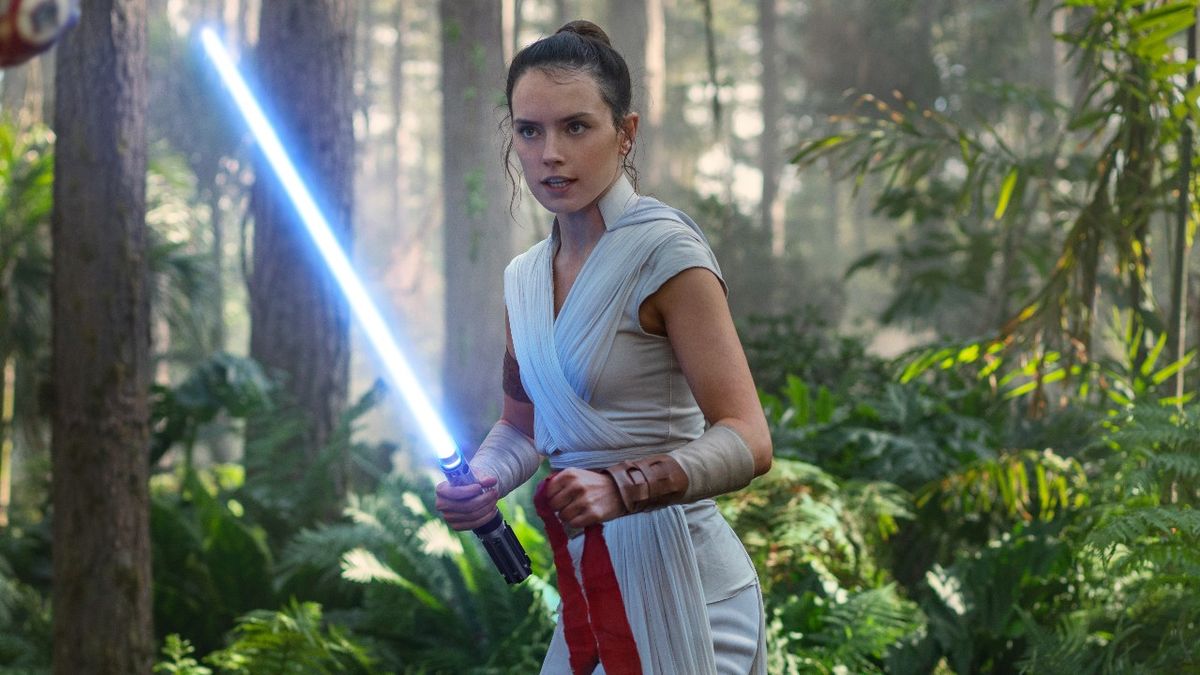A few years ago, Aerosmith frontman Steven Tyler was asked about his band’s aspirations when they got together in the wilds of Massachusetts all those years ago.
“We weren’t too ambitious when we started out,” came his reply. “We just wanted to be the biggest band on the planet.”
It was typical Tyler: funny but honest, and brimming with bulletproof confidence. Most bands would have said the same, and those who didn’t were lying. But the difference was that Aerosmith delivered on that promise. Eventually.
The band’s stellar history is well documented. The commercial, artistic and chemical highs of the 70s; their against-the-odds resurrection in the 80s; the ongoing five-way soap opera that sporadically simmers, boils over then calms down again.
But their early years were a different matter. They might have wanted to be the biggest band on the planet, but they weren’t going to get there without a fight. There were obstacles and setbacks, failures and fights. And there were drugs. Lots of drugs.
Aerosmith made it, of course. But that bulletproof confidence would be tested to the limit.

They might be the ultimate Boston band, but three of Aerosmith’s founding members were New York born and bred. Steven Tyler grew up in the Big Apple with original guitarist Ray Tabano, where they both ran with the same teenage gang. Tyler and drummer Joey Kramer were in different years at the same school in Yonkers, though it was pure coincidence that they ended up in the same band 200 miles up the coast a few years later.
Tyler came from a musical family. His Italian grandfather, Giovanni Tallarico, had been a classical cellist, and his father Victor was a Julliard-educated pianist. The young Steven cut his teeth playing drums with his dad at social events. “Girls would come in, look at the band and go, ‘Ugh,’” he recalled. “I’d try to look over at them and go, ‘No, look, I’m cool, check it out, don’t leave.’”
The polite world of classical music and natural born wild-child Tyler were always going to be a bad fit for each other. He began listening to The Beatles, the Stones and The Yardbirds, dropping acid, smoking pot and taking speed while he did it. The social events fell by the wayside. “In my mind I was always a rock star,” he recalled.
It wouldn’t be long before he was making that dream a reality. Or trying to. An early band, the Yardbirds-inspired The Chain Reaction, had released a couple of singles, but it hadn’t led anywhere. The fame Tyler craved remained tantalisingly out of reach.
All that changed in the summer of 1969. Tyler’s family owned a holiday lodge in the small Massachusetts town of Sunapee, and he split his time between there and New York. It was in Sunapee that Tyler was invited to watch a covers trio with the unpromising name The Jam Band playing a gig at a local club, The Barn.
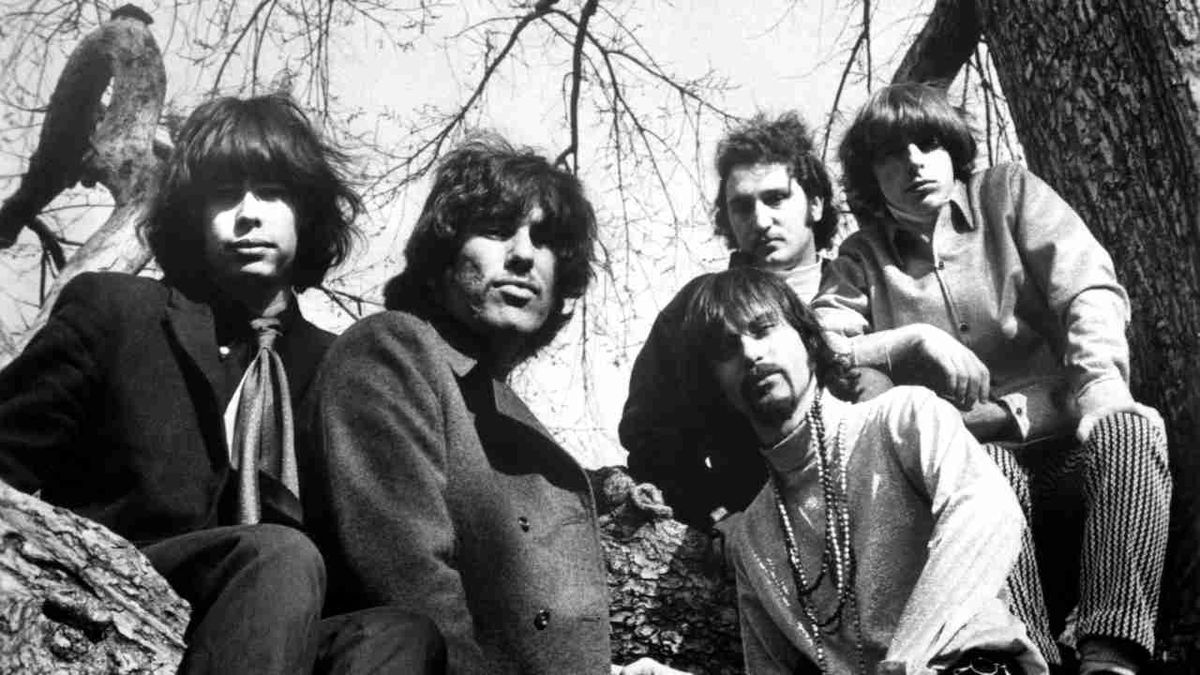
Tyler grudgingly accepted the invitation. The Jam Band featured a lanky blond bassist called Tom Hamilton and a singer/guitarist with a mop of thick black hair and a jaw that could crack concrete by the name of Joe Perry.
“They were horrible, but the way they did [Fleetwood Mac’s] Rattlesnake Shake was something else. Joe was really into [Ten Years After frontman] Alvin Lee,” Tyler remembered. “And I went, if I can get this groove with this guy and start writing songs…’”
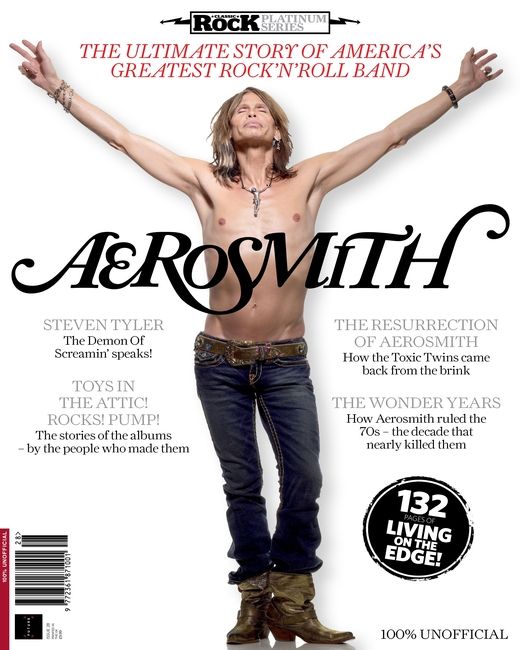
Perry and Hamilton knew who Tyler was. He would regularly come up to Sunapee to stay at his parents’ lodge and make like he owned the place. Sometimes he’d be with whatever band he was in at the time. Joe Perry worked at a local diner, and he’d sigh whenever Tyler and his crew came in.
“They’d be wearing clothes from Carnaby Street and real long hair,” said Perry. “They were loud and obnoxious, behaving like rock stars are supposed to behave – especially when they’re in a little town and nobody knows how not-so-big they really are. They’d come in and throw food and shit, and I’d have to clean up after them.”
When this fast-talking brat approached Perry about getting a band together, the guitarist was understandably reticent, but some underlying ESP stopped him from telling Tyler to go screw himself. For starters, they were drinking from the same musical well: the British invasion bands, American R&B singers, blues rock pioneers like The Yardbirds and The Animals. It didn’t hurt that Perry and Hamilton shared the same burgeoning chemical proclivities as Tyler – the bassist had even been arrested as a teenage for dealing acid.
Perry and Hamilton didn’t take a lot of persuading. Within a few months, they had moved with Tyler down to Boston, then the centre of a burgeoning rock’n’roll movement headed up by local heroes the J. Geils Band. The trio were joined by Tyler’s old buddy Ray Tabano on second guitar. Not long after that, the singer’s former schoolmate Joey Kramer – who had moved to Boston to study at the Berklee College Of Music – had agreed to play drums. They had a band, and, in a shared apartment at 1325 Commonwealth Avenue, a base.
What they didn’t have was a name. At one point they considered calling themselves The Hookers. Another time, they talked about calling themselves Spike Jones, after the 50s comedian and bandleader. The words ‘spike’ and ‘jones’ both had drug connotations – whether that was coincidental or not isn’t clear, though it did dovetail neatly with the band’s growing pharmaceutical activities (Tyler and Tabano had graduated to injecting cocaine, though they would ultimately prove to be early adopters rather than outliers within the group).
In the end, it was Kramer who gifted the band their name. He was a fan of Harry Nilsson’s 1968 album Aerial Ballet, and loved the sound of the word ‘Aero’. An old band of his back in Yonkers had called themselves Aerosmith, but they’d split up a few years ago. Why waste it? It didn’t mean much, but it was still better than The Hookers.
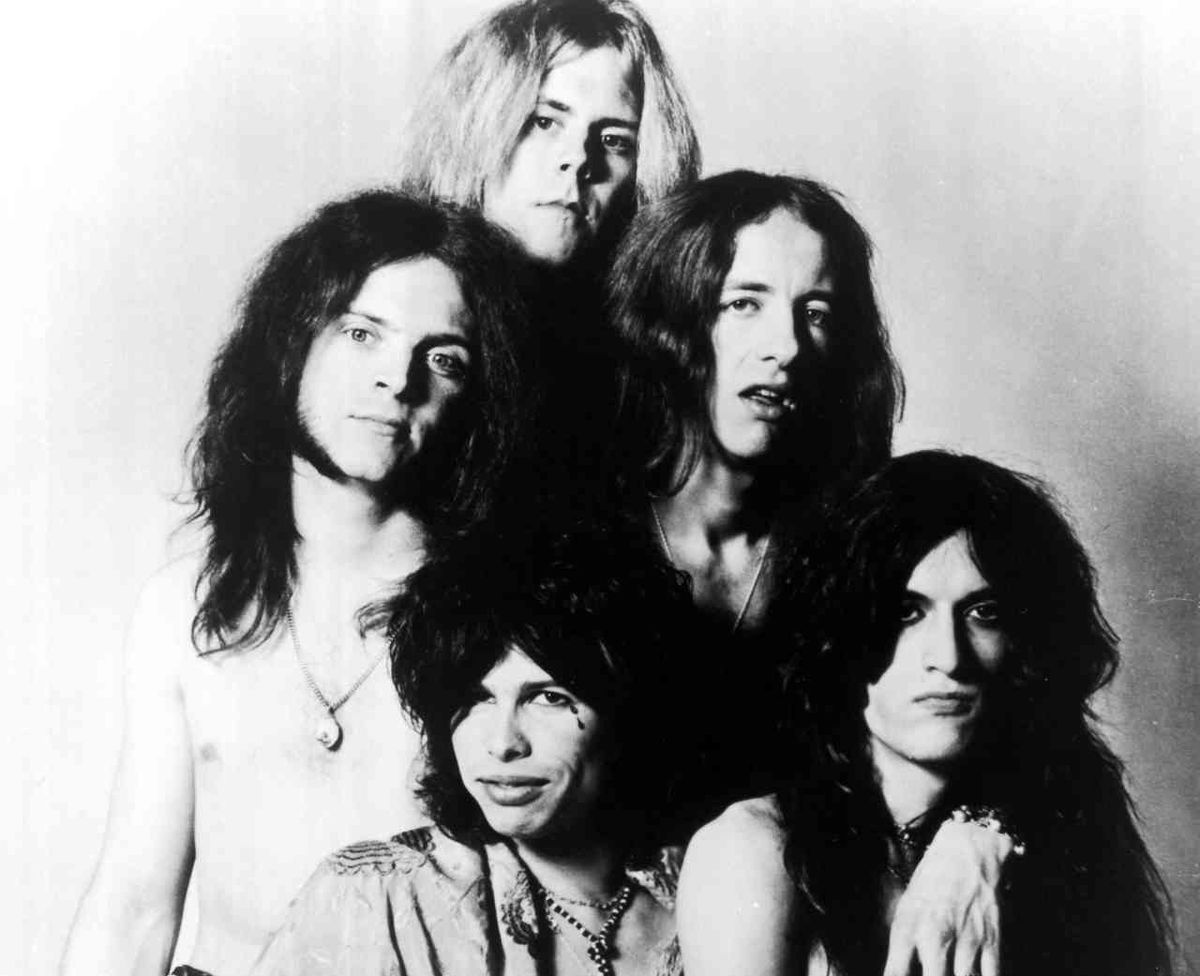
Aerosmith made their live debut at the Nipmuc Regional High School in Upton, Massachusetts in late 1970. They didn’t bother hiding their influences: the set consisted of Stones and Yardbirds covers, including their version of the latter’s take on the old blues number Train Kept A-Rollin’. During the gig, Tyler and Perry got into a ruck over the volume of the guitars. “So began an Aerosmith tradition,” a wry Tom Hamilton later said.
That tension would fuel Aerosmith from the start. Tyler was older and gobbier; Perry quieter and more stubborn. They frequently butted heads, but both knew it was for the greater good of the band. The same couldn’t be said of Ray Tabano. The guitarist was lagging behind his bandmates musically, but that didn’t stop him making a play for control of Aerosmith in the summer of 1971. “Ray gives the band this Looney Tunes ultimatum that he was taking over,” said Tom Hamilton. “He said, ‘Either you line up behind him [Tyler] or you line up behind me.’ From that moment on, Ray was gone.”
Tabano’s replacement was 19-year-old guitarist Brad Whitford, a friend of a friend from Reading, Massachusetts who was playing with a band named Justin Thyme. They didn’t know it, but the classic Aerosmith line-up was in place.
There were few places in Boston that let groups play original material, and Aerosmith had too much ambition to play sets full of covers for too long. They hit the frat parties and high school dances instead. Occasionally they headed down the Eastern seaboard to New York to check out the competition.
“When we started I imagined that these people like Rick Derringer were like Lord High Doodledums who sat in the corner with servants pickin’ their toes,” scoffed Tyler. “But we played Max’s Kansas City with some of those guys and I knew we had more than they had.”
Aerosmith had picked up a manager along the way. Frank Connally was a Boston promoter with some shady friends. Joey Kramer recalled walking into a run-down greeting card shop run by associates of ‘Father Frank’. “It took me a while to realise it was actually a bookie joint and that they were basically gangsters,” said Kramer. “I think they loaned Frank money to finance our management.”
It wasn’t just mobsters that Aerosmith were mixing with. “Our best friends were drug dealers,” said Perry. “We identified with them because we felt like outcasts, outlaws, menaces to society.”
The dealers liked Aerosmith too, mainly because they were such good customers. But the music industry was taking longer to warm to them. Labels came to check out Aerosmith, only to pass on them, deciding that they weren’t ready or, worse, that they sailed too close to the Rolling Stones.
But their perseverance eventually paid off. In 1972, they finally bagged a deal with Columbia Records after label boss Clive Davis caught a show in New York. Davis was the music industry power-player who had turned Janis Joplin and Santana into stars, and a good man to have in their corner. The $125,000 the band received for signing didn’t hurt either.
“God, I know we stayed up all night,” remembered Hamilton, “but we weren’t looking down the road. I don’t think anybody thought that everything was going to be fine from now on, and that we were going to have a thirty-year career just because Clive Davis said so. We still had to get up the next day and get to the next gig.”

Joe Perry would describe Aerosmith’s self-titled debut album as “the stuff we had been playing in the clubs. We just left out the Yardbirds songs.” The fluid songwriting partnerships that would help turn them into one of rock’n’roll’s biggest draws were yet to be established. Instead, Tyler was responsible the lion’s share of the songs, taking sole credit for five of the eight tracks that would eventually appear on the album. Among them were Mama Kin, written on a warped acoustic guitar Joey Kramer fished out of a garbage can, and Make It, a song that found Aerosmith wearing their ambitions on their voluminous sleeves.
But best of all was a showstopping slowie titled Dream On that Tyler had written in his parents’ living room in the lodge at Sunapee. He knew it was promising, but it was only when he brought it to Perry and Whitford that he realised how special it was. “Sitting there working it out on guitar and piano, I got a little melodramatic,” he said. “The song was so good it brought a tear to my eye.”
Aerosmith were a razor sharp live band, but they would quickly find out there was a big difference between the stage and the studio. The five men who stepped into Boston’s Intermedia Studios in October 1973 to record their debut album were greenhorns in that situation.
“The band was very uptight,” remembered Tyler. “We were so nervous that when the red recording light came on we froze. We were scared shitless.”
Matters weren’t helped by tensions with producer Adrian Barber. The Yorkshire-born Barber had been the in-house engineer at Hamburg’s Star Club when The Beatles played there in the early 60s, before going on to work with the likes of Cream and The Allman Brothers Band. But he was oscillating on a different wavelength to these wired Yanks.
“Our producer was practically useless,” Perry later claimed. “When I heard the playback, I kept thinking, ‘We’re better than this. We should sound better than this.’”
Tyler: “It was like being with a retarded child in there, and I’m not sure if it was because he was so high, or because we all were.”
The singer wasn’t afraid to take matters into his own hands, albeit with a little chemical assistance. “I put the string section on Dream On sitting at this Mellotron while a friend of mine kept laying out lines of crystal THC that I was snorting while I was playing,” he admitted.
The finished album was a promising start, if not a great one. The bones of the band they would become are in place, but the muscle was missing. Much of this is down to the sluggish mix that irked Perry so much: One Way Street and the choogling Write Me A Letter are decent songs that sound like they’re dragging great bags of wet laundry behind them.
Weirder still is Tyler’s voice. The future Demon Of Screamin’ decided at the last minute to rework his singing style, swapping out his jive-talking rasp for a mangled attempt at old-beyond-his-years authenticity. “I changed my voice into Kermit the Frog, to sound more like a blues singer,” he later rued.
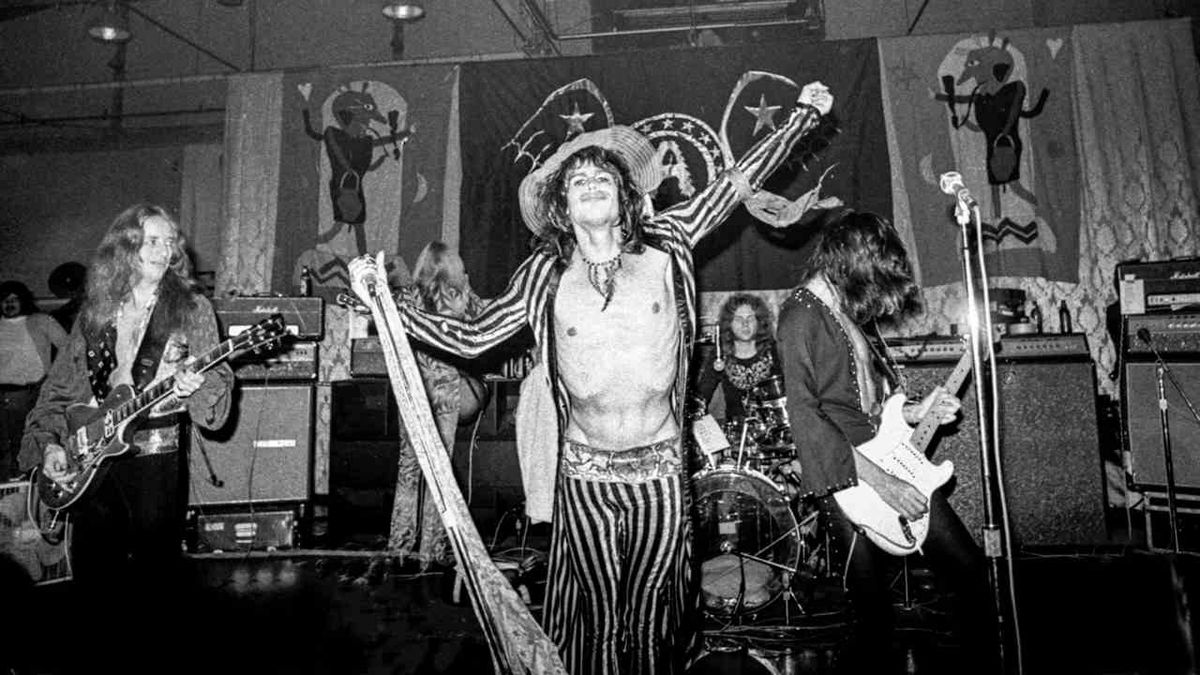
For all that, Aerosmith was far from disastrous. Make It and Someday were cocksure enough to paper over any cracks, while their cover of Rufus Thomas’ Walkin’ The Dog was a textbook example of early 70s white-boy R&B. And it possessed two out-of-the-gate classics in Mama Kin and Dream On. Ironically, Perry was initially unimpressed by the latter – a song which would eventually become one of the band’s signature numbers and draw up the template for the modern power ballad.
“To me, rock’n’roll’s about energy and putting on a show,” said the guitarist. “I didn’t really appreciate the musicality of it until later, but I did know it was a great song, so we put it in our set. We also knew that if you played straight rock’n’roll you didn’t get played on the radio and, if you wanted a Top 40 hit, the ballad was the way to go.”
At least that was the idea. Aerosmith was released in January 1972, and Dream On came out as single that July. Both were greeted with deafening silence by radio DJs and the public alike. The album shuffled embarrassedly to No.166 in the US charts.
“There was no nothing at all: no press, no radio, no airplay, no reviews, no interviews, no party,” said Perry. “Instead the album got ignored and there was a lot of anger and flipping out.”
The band had no choice but to hit the road. They toured with everyone from Mott The Hoople to jazz-rock pioneers Mahavishnu Orchestra. “[Mahavishnu leader] John McLaughlin and the band would meditate before they started playing,” remembered Tom Hamilton. “And as you might imagine, we weren’t really into meditating. We’d already found our own ways to meditate, chemically.”
The album hadn’t gone completely unnoticed. In the mid-west, future Guns N’ Roses guitarist Izzy Stradlin’ had fallen hard for it.
“Growing up in Indiana, I loved fucking Aerosmith, man,” said Stradlin’, whose vagabond image and Olympian drug intake owed a debt to Joe Perry. “Smoke a joint, listen to the first record.”
Aerosmith might not have flown out of the traps at the first time of asking, but at least they were doing something right.

It was Bob Ezrin who hooked Aerosmith up with the man who would help turn them into the superstars they wanted to be. Ezrin was the wunderkind Canadian producer who had helped mould Alice Cooper into America’s favourite bogeyman, and Columbia wanted him to work his magic on Aerosmith. Ezrin declined the offer, but suggested his friend Jack Douglas was the ideal man for the job.
“Bob said, ‘They’re two years away from being anything, they’re too raw, they’re just too much work for me, I can’t do it,’” Douglas later said. “But I like to get in on the ground floor with a group, and I’m an old Yardbirds fan.”
The first time Douglas saw Aerosmith play was at a high school dance outside of Boston. He was instantly sold. “It was full of sweaty kids going crazy,” he said.
The failure of their debut album had lit a rocket under the band’s collective backside. The biggest change was that Tyler and Perry had begun writing together. The first fruits of their labour would become the album’s opening song, the strutting Same Old Song And Dance, written in one drug-fuelled night in the front room of the apartment they were sharing.
Most of the groundwork for Get Your Wings was laid in an unlikely environment. “The preproduction work started in the back of a restaurant that was like a Mob hangout in the North End [of Boston]. They started to play me the songs they had for their new album. My attitude was: ‘What can I do to make them sound like themselves?’”
The band put in the hours in the studio, fuelled by whatever substances were available. “We had some hassles because we had some people there that shouldn’t have been there,” according to Douglas.
The band’s extra-curricular activities impacted on the recording process. Perry was otherwise indisposed when it came to recording the cover of The Yardbirds’ Train Kept A-Rollin’, so Douglas enlisted session musicians Steve Hunter and Dick Wagner to play on it instead.
“For some reason Joe wasn’t there to do it and I never really questioned it,” Hunter later said. “Jack called me up at like ten o’clock in the evening and I went in and did it and that was it.”
Studio stiffness and the occasional unavailability of some of its chief participants aside, Get Your Wings was more confident and recognisable as an Aerosmith record than its predecessor. Same Old Song Dance, Lord Of The Thighs and Pandora’s Box ramped up the grooves and, in the case of the latter, the not-so-subtle innuendo that would become a ’Smith’s hallmark. Seasons Of Wither was another killer ballad, though the uplifting optimism Of Dream On was replaced by an altogether darker vibe – something that presaged the deep narcotic hole the band would soon find themselves in. And despite not featuring Perry, Train Kept A-Rollin’ remains a cornerstone of their set more than 45 years on.
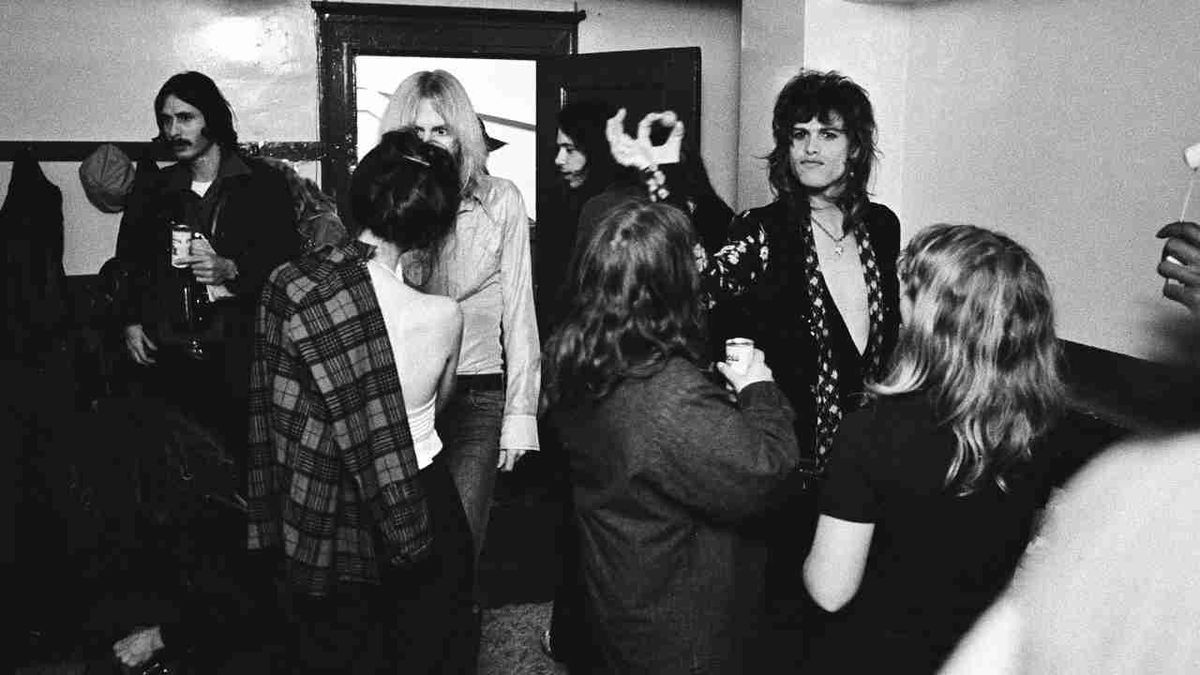
Tellingly, Get Your Wings found Tyler reverted to his natural singing style. “On the second album, the songs found my voice,” he said. “I realized that it’s not about having a beautiful voice and hitting all the notes; it’s about attitude.”
But that attitude still wasn’t enough. To their annoyance neither the songs nor the attitude supplied Aerosmith with the hits theywanted and needed. “We were angry as fuck at radio stations who weren’t playing Aerosmith,” said Tyler. The media had started to notice them, but most of the write-ups drew unfavourable comparisons with their idols the Rolling Stones, only compounding their frustrations. “I got pissed,” admitted Tyler. “I was using drugs at the time, so I was in denial.”
There was a silver lining, and that was that Aerosmith were becoming a popular live draw beyond the East Coast. Audiences were getting bigger and louder, and the band were only too happy to head to any town with a venue and a drug dealer or two.
“We were the guys you could actually see,” says Joe Perry. “It wasn’t like Zeppelin was out there on the road in America all the time. The Stones weren’t always coming to your town. We were America’s band – the garage band that made it real big, the ultimate party band.”
The guitarist was getting ahead of himself. It would be another few months before Aerosmith became “America’s band”. But they were well on their way. And once they got there, there would be no stopping them.
Originally published in Classic Rock Presents Aersomith
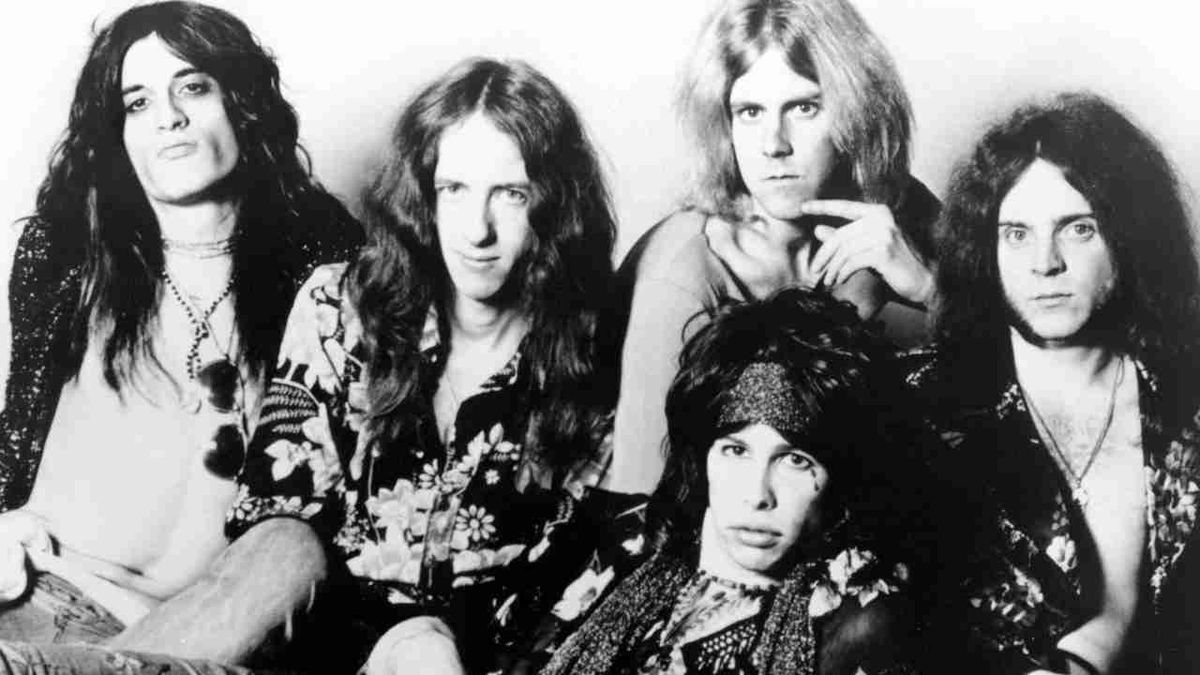








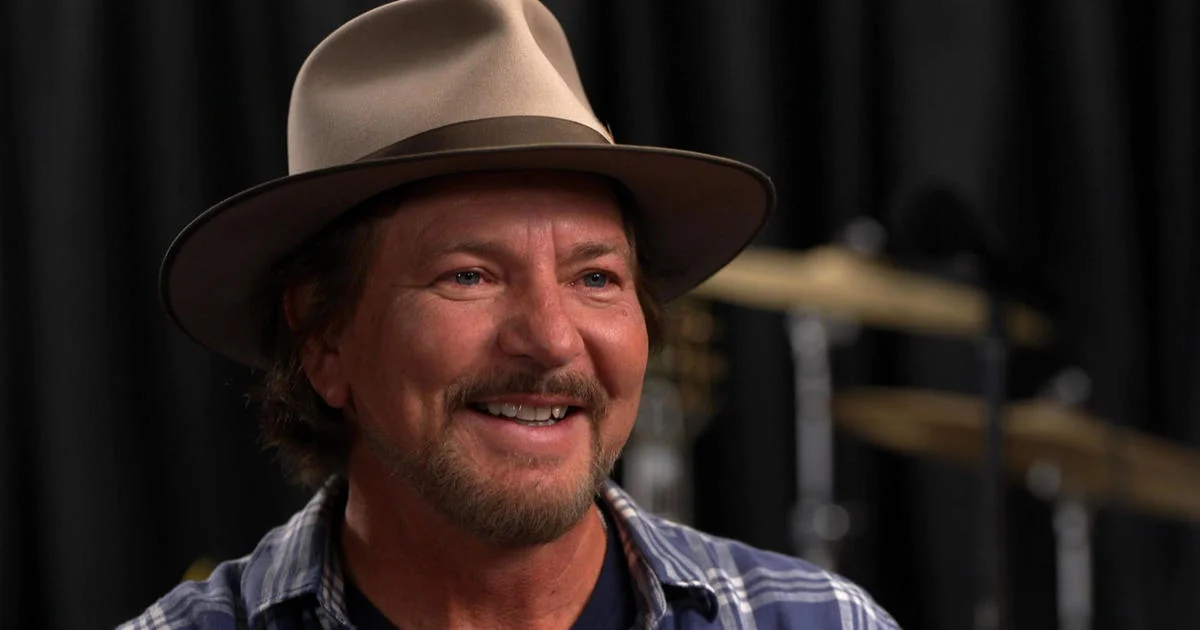


![Jinjer Bassist Laments How “[Musicians Are] at the Very Bottom” of Receiving Tour Profits Jinjer Bassist Laments How “[Musicians Are] at the Very Bottom” of Receiving Tour Profits](https://cdn-p.smehost.net/sites/2ed48fdcc3904f548299cd86d78e9885/wp-content/uploads/2025/02/15.-Jinjer-4795-resize.jpg)








